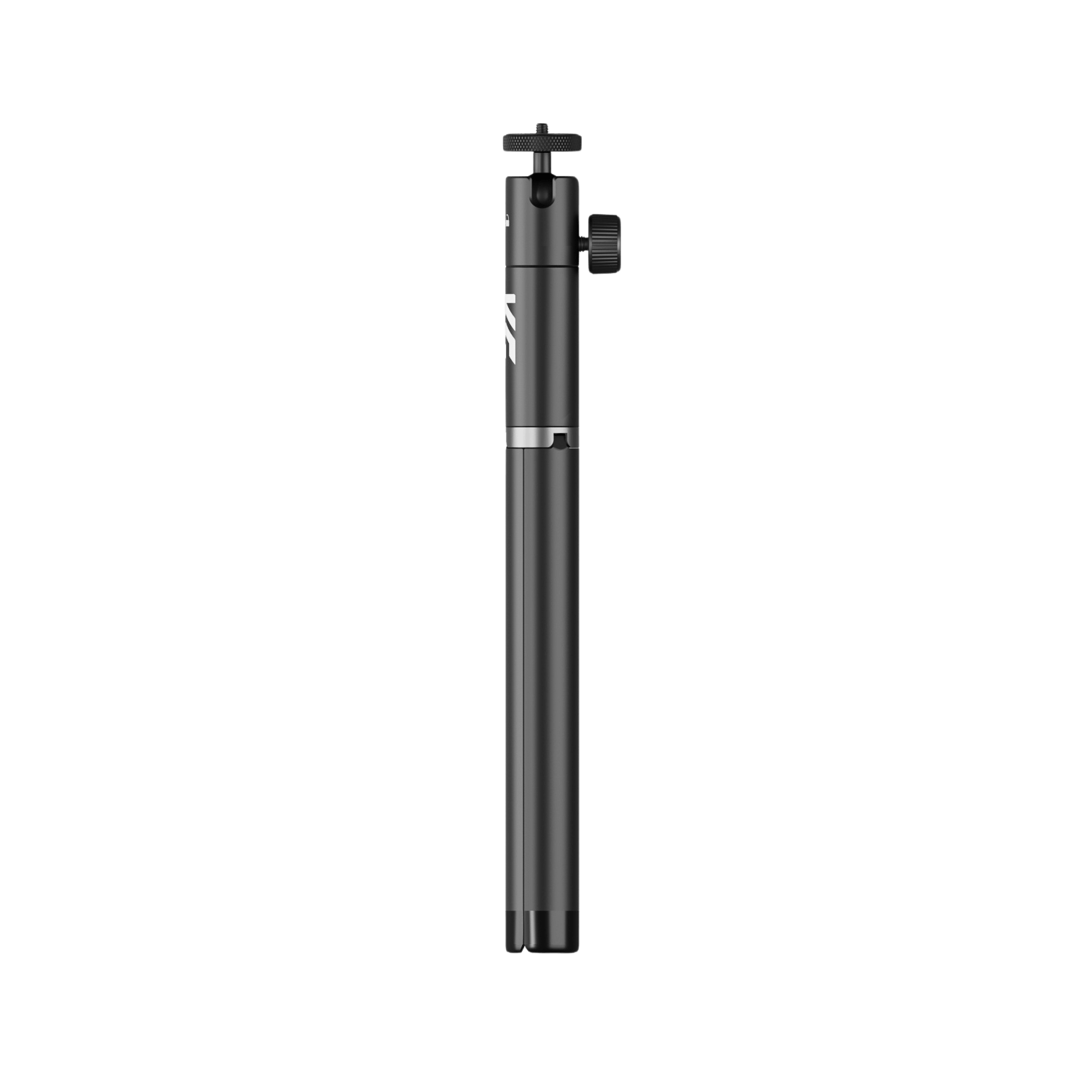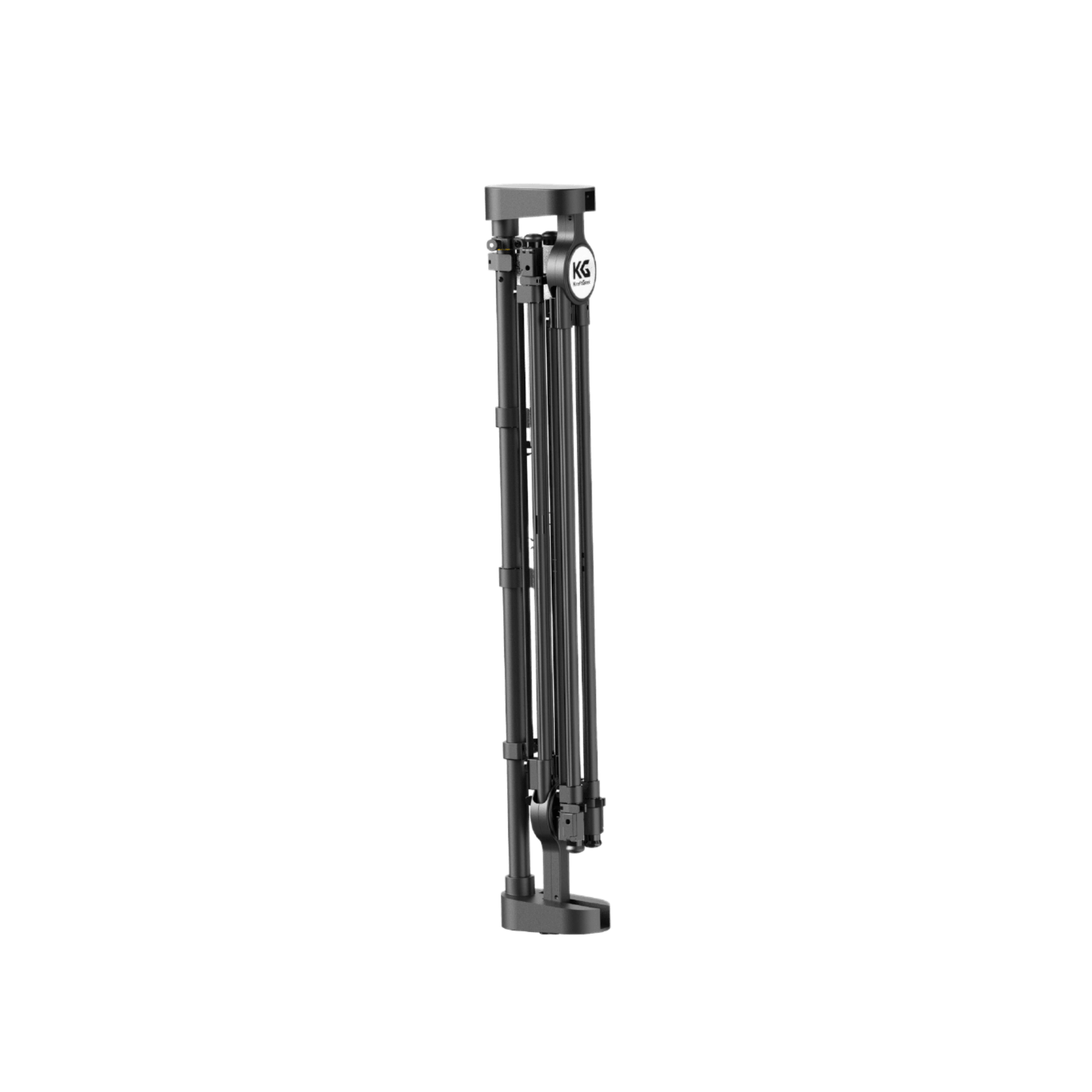Planning an outdoor camp is as if one has to put together a puzzle so that each piece falls right into place and creates the ultimate adventure. Starting with finding an ideal place to go and all the way down to making sure that you have packed whatever is necessary, we’ve put together a step-by-step guide walking through every stage of this process.
How To Choose The Perfect Campsite
Before you start looking for potential campsites, think about what kind of camper are you.
Family-Friendly Camper
The heart of camping for the family-oriented type is creating memories and passing on a love of nature to future generations. You are in favor of campgrounds that have some comfort for you and your children on the level of having flitting privies, washing facilities as well as a play area.
At the same time, for choosing campsites it is important to find family campgrounds with established areas of camping sites where you can enjoy yourself and have a fire.
Backpacking Adventurer
For an adventurous backpacker, the rough magnificence of wilderness areas far from civilization is what you most want. The idea of traveling on the surface with a weighty rucksack to such remote places can be inspiring for a few people.
In selecting a campsite, give more consideration to the kilometers of proximity to hiking trails, sources of water, and attractive places. Look for campsites located in the backcountry that offer seclusion and solitude where you can commune with nature like never before.
Comfort-Driven Glamper
For the comfort-centered glamper, camping has to do with luxury and leisure in nature’s paradise. You love the lifestyle luxuries and, therefore prefer campsites with showering facilities and toilets among other others.
Among the great alternatives for camping, you can opt for glamping resorts or luxury campsites with high-class amenities such as safari tents, yurts, and cabins. Make hot tubs, gourmet dining options, and spa services the top priorities of your camping experience.
Adventure-Seeking Explorer
As a thrill-seeker, you are always seeking funky and unprecedented camping encounters. You want the thrill of creating something genuinely new and living in careless abandonment, experiencing all that you can.
As regards the site selection for a campsite, it is advised upon adventure activities that are associated with rock climbing, whitewater rafting, or watching wilderness. Search for remote sites that are more secluded or off the grid to fully live in nature and enjoy what it means, exploring new venues.
Securing Your Campsite
Flexibility may serve as a solution to your needs and in cases where bookings are not available, depending on whether it is last-minute camping. Visit first-come, first-served campsites early and it will increase your chances of getting one.
However, if reservations are not possible or it’s a spontaneous camping expedition that you have undertaken then your ally should be flexibility. Search for campsites that are first-come, first served and go there early to boost your opportunities of getting one. Imagine what will be your alternates camping in case that first site is busy and get ready with new campsites around.
Researching Campground Options
Campground for an outdoor camp requires research that is rather lengthy; therefore, in order to find a perfect place you need first of all decide where this one has to be. There are a variety of options available, from remote backcountry campsites to family campgrounds; researching well will guide you when making the right decision and determine whether this is going to be an interesting experience.
Utilizing Online Resources
First, examine campground directories and sites that offer comprehensive listings of campgrounds in your target region. Such resources often provide useful information like campground facilities, fees, reservation rules, and user opinions. Spare time to read reviews and ratings of fellow campers for the knowledge on quality and applicability in each one.
Considering Location and Accessibility
Researching campground options, and location is a vital element to consider. Decide how much distance you’re willing to cover from home and pick localities or sites that are in sync with your camping aspirations.
Think about accessibility issues like road conditions, distance to facilities, and ease of navigation particularly if you are traveling with children or animals. However, remember that remote or off-grid campsites may need extra preparation and gear; therefore, ensure you are comfortable with such an adventure.
Assessing Amenities and Facilities
Given the great variation of amenities and facilities that can be found in a campground, it is important to judge your needs based on what you need as well. Do you like primitive campgrounds with little or no amenities, playgrounds, and washrooms flush toilet style? Or do want modern facilities that may include standard electrical hookups.
Recreational features such as picnic sites, playgrounds, and fishing lagoons; hiking trails should also be considered within the scope of pragmatic issues discussed above including prospects for safe drinking water sources being supplied or in case no existing source can suffice to make proper provisions therefore waste disposal.
Reviewing Rules and Regulations
Before deciding on a campground, make sure you look at the rules and regulations for every site so that they match your type of camping. Observe the factors like camping fees, reservation system, check-in/check-out time quiet hours, and pet policy. Also, be aware of any fire restrictions and wildlife regulations as well as the seven Leave No Trace principles to ensure that you are camping responsibly.
Assessing Your Needs and Resources
A comprehensive analysis of what is needed, from the equipment to supplies, and how qualified your camping group members are sets a good foundation for an effective trip.
1. Evaluate Group Dynamics
Knowing how your camping group operates is critical to planning an effective excursion. Take into account the number of people in your group, their age groups and physical capacity as well as individual preferences and limitations.
Are you camping with little children who may need some attention and amusement? Or maybe you’re planning a trip with several generations, from beginners to experienced hikers. By evaluating the requirements and capacities of your camping group you can adjust activities and accommodations to fit everyone’s comfort.
2. Determine Equipment Requirements
Evaluating your gear needs is important since you should make sure that the equipment at hand can support all camping activities.
Basic camping gear:
- Tents
- Sleeping bag
- Sleeping pads
- Cooking equipment
- Camping chairs
- Camping tables
- Lanterns
Recreational equipment:
- Hiking boots
- Fishing gear
- Binoculars
- Telescopes
Specialized equipment:
- Portable projector stand
Safety and emergency equipment:
- First aid kit
- Maps
- Compasses
- GPS devices
- Cell phones
- Two-way radios
- Satellite phones
3. Assess Camping Location and Conditions
Before making a decision on the location of your camp, determine what environmental conditions and terrain features you need in order to reach compatibility with your needs as well as personal preferences. Take into account climate, altitude proximity to water sources, and availability of amenities.
Do you intend to go desert camping with hot dry and scanty water? Or maybe you are looking for a hilly landscape with cool temperatures and abundant wildlife viewing. Assessing the site of the camp and conditions, you can make decisions regarding a suitable campsite and prepare for an outdoor environment.
4. Evaluate Resource Accessibility
It is critical to determine how easy it would be for you to get essential resources such as food, water, and emergency services while camping outdoors. Study the accessibility of potable water sources, supermarkets, and hospitals in areas close to your camping site.
Assess the demand for more supplies including emergency first aid kits, navigation tools, and communication devices to take care of unexpected emergencies or contingent situations. Plan your itinerary and resource allocation by strategically accessing resources to avoid shortages or emergencies.
Crafting Your Camp Theme and Activities
Firstly, determine a theme that will appeal to your campers and be consistent with the goals of camping. In picking a theme that will spark the campers’ imagination and enthusiasm, you need to look at their interests, preferences as well as demographics.
Once you have determined what your camp is going to be about, sink into figuring out a set of activities that catch the theme and fit with the interests as well as the abilities level of your future camper. Include interactive and experiential activities that promote active learning, creativity, interaction as well as socialization to achieve a sense of unity among the participants.
Think of turning to multimedia elements, including outdoor movie nights with the help of projectors and screens. In order to enable outdoor movie screens, purchase portable projector stands that allow for an easy adjustment outdoors ensuring stability and elevation of your projecting equipment. You can set your campsite to be a temporary outdoor theater using an outdoor projector stand where campers will enjoy movie nights outdoors.
Building Your Camp Framework
An organized structure enables a clear line of action, giving the campers and staff members the necessary direction in implementing your theme evening as well as daily activities:
- Start with the development of clear objectives and goals for your camp themed by its mission.
- Create a detailed daily plan highlighting activity scheduling, meal preparation, and duration of rest periods as well as free time.
- Take an inventory of your resource and staffing requirements based on what is required to execute the size of the camp program that you want.
- Determine what equipment, supplies, and facilities are needed to sustain your activities based on the needs of campers.
- Give preference to safety and the well-being of your campers, as well as their coaches by implementing comprehensive protocols for safety procedures.
- Perform comprehensive risk assessments on your campsite and activities to pinpoint potential hazards, preventing any possible risks.
- Arrange activities and programming that reflect different interests, backgrounds, and abilities but do not leave any camper behind.
- Offer accommodations and assistance to campers with special needs or disabilities, as well as promote social interactions where the campers from different cultural ethnicity relationships stand at equal ground.
- Evaluate camper activity, satisfaction levels, and program impact assessment as well as claim strategies for adjustment or improvement.
Product Recommendations:
Conclusion
If we take one last look at our trip into the outdoors and camp planning, its crucial lessons are preparing for an event successfully going down to plan your own creativity; and finally adapting it all around. From crafting a compelling camp theme to sourcing materials, organizing activities, and fostering teamwork and collaboration, every step of the process has been guided by a commitment to excellence and a passion for outdoor adventure.









